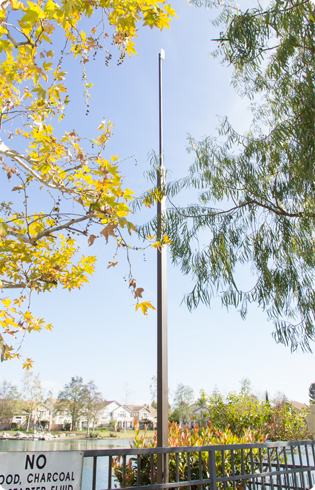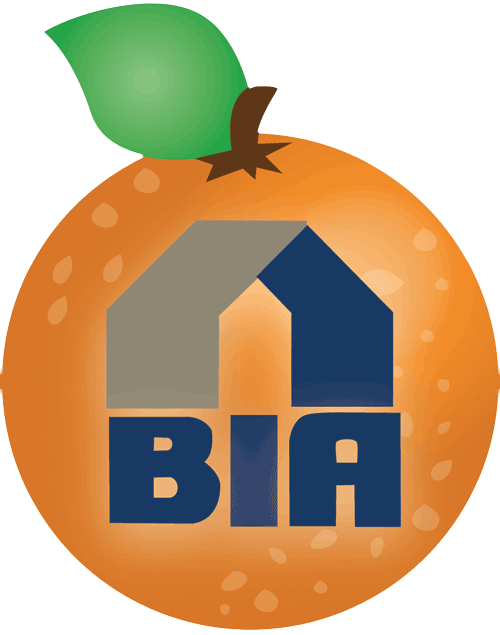IP Networks are currently the most common and standardized networks for the transmission of data between electronics. Because of this, there are many access control systems that have embraced this technology for communicating between access control panels and other devices. Some of the considerations for choosing this method for supporting access control system are:
Shared Bandwidth capability of IP Network
Potential Network Disruptions
Network Security
The IP Network must be designed to meet the all the data requirements on the network with a variety of infrastructure options:
Fiber Optic Cabling – Single Mode or Multi-Mode (inside or wet location rated)
Twisted Pair Copper – Cat5E or Cat6 (inside or wet location rated)
Wireless IP Network – Point to Point or encrypted Wi-Fi
Bandwidth Required – 100MB, Gigabit, 10 Gigabit
Future Expansion Capability of Network
Network switching is also an important consideration when designing an IP Access Control network. It is generally advisable to keep an Access Control IP network segregated from standard data network systems (shared Video and Access Control are common), which can be accomplished with V-LANS in a "smart switch" network when necessary. Location and environmental conditions for the locations housing any IP electronics must also be considered. Electronics can be rated for high temperatures, but generally a controlled environment location will preserve the life span of all electronics. Some of the other considerations for network electronics are:
Speed of Backbone Link and Type of Media (Fiber or Copper)
Standard switch or Layer 3 Smart Switch (allows remote booting of cameras)
Power over Ethernet (PoE) switch ports required for video and power to the cameras
Mounting configuration and future expansion capacity (patch-cord link or back plane expansion)
Though IP Networks are common, there are instances that access control networking can be more economically accomplished with other protocols if not being shared with an IP Camera Network:
RS485 Transport Protocol – Wired or Wireless
Proprietary Network Protocols – Wired or Wireless
Visit Our Other Sites!


























